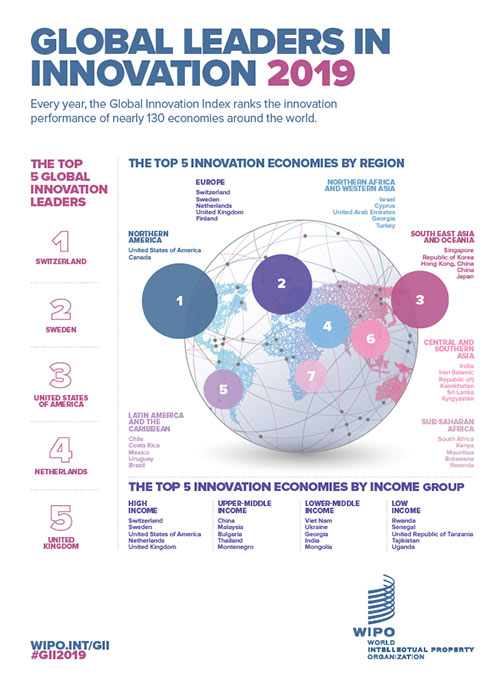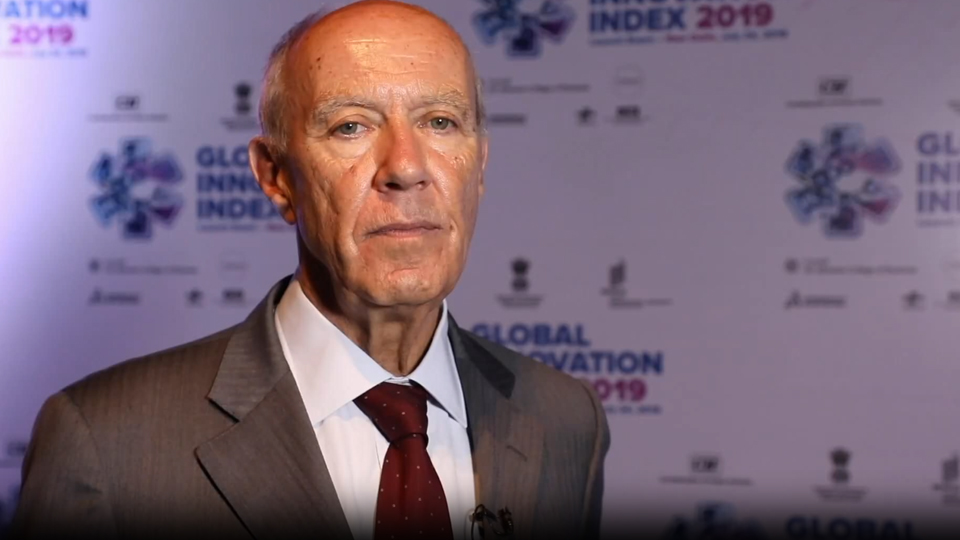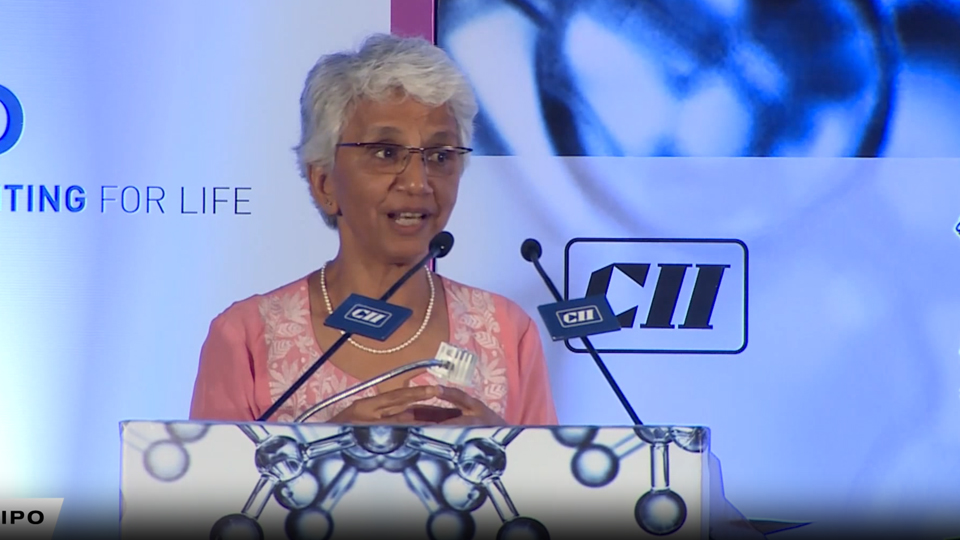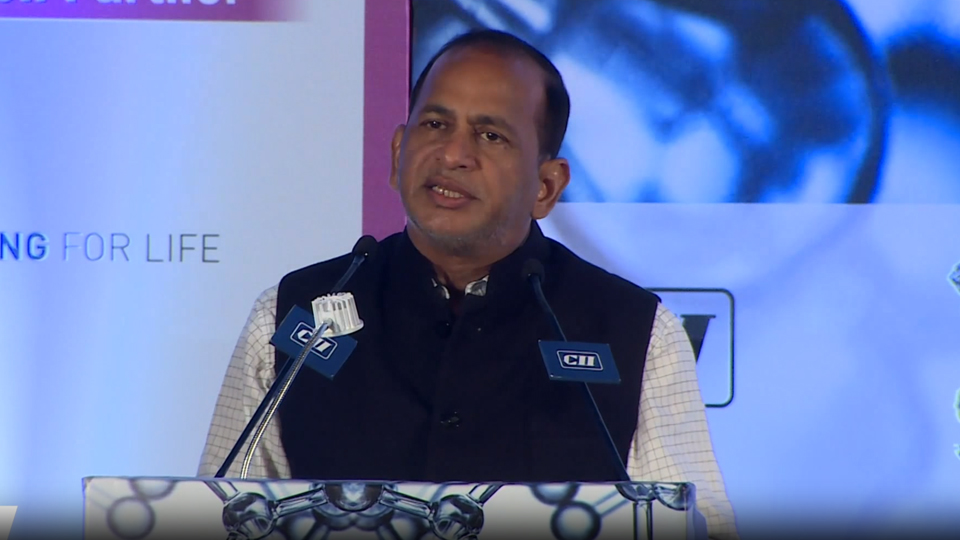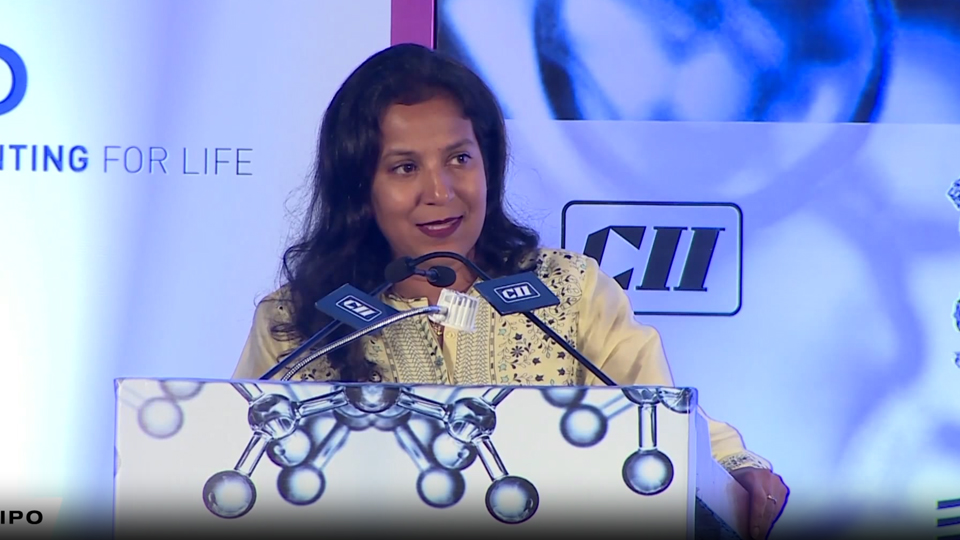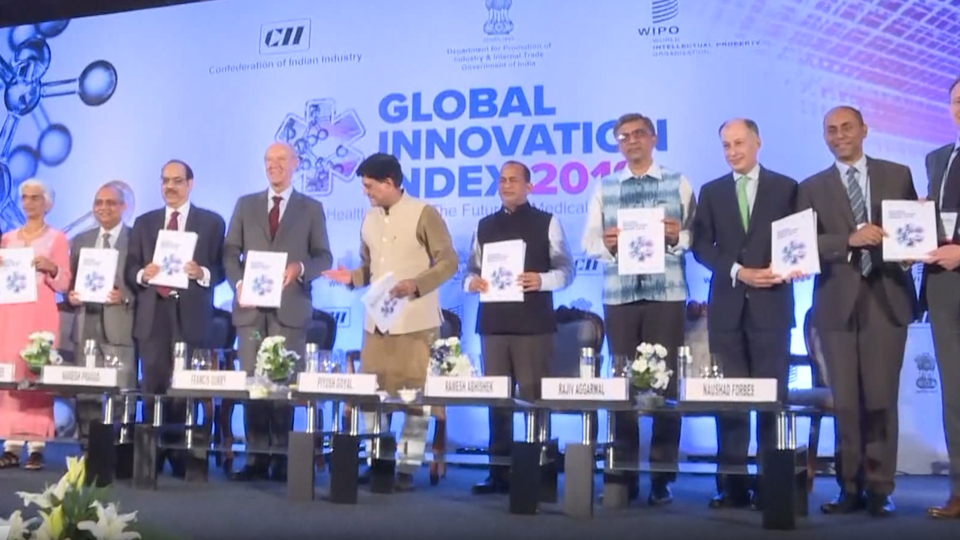Global Innovation Index (GII) 2019
Creating Healthy Lives — The Future of Medical Innovation
The Global Innovation Index (GII) 2019 ranks and breaks down the innovation performance of 129 countries and economies around the world.
The GII 2019 special theme analyzes the medical innovation landscape of the next decade, looking at how technological and non-technological medical innovation will transform the delivery of healthcare worldwide.

Web story: Through real-life cases, find out how big data, AI, and other technologies are driving the innovation that's shaking up healthcare and making it more patient-focused.
Ranking
Switzerland is the world’s most innovative country followed by Sweden, the United States of America (U.S.), the Netherlands and the United Kingdom (U.K.), according to the GII 2019.
Regional leaders include India, South Africa, Chile, Israel and Singapore, with China, Viet Nam and Rwanda topping their income groups.
How did your country do?
Key findings
Find out more about all of the key findings in the report [PDF]

Innovation is blossoming despite economic slowdown

Innovation is changing to encompass rising economies

An innovation “glass ceiling” persists, dividing economies

Return on innovation investment can vary greatly

Shifting from innovation quantity to quality is a priority

Innovation clusters are mostly in the US, China and Germany
(Image credits left to right: Getty Images/Xu Bing/Matijaz Slanic/Maxger/rendixalextian/gremlin)
Infographics
Theme: Creating Healthy Lives — The Future of Medical Innovation
The GII 2019 looks at the medical innovation landscape, exploring the role and dynamics of medical innovation as it shapes the future of healthcare, and analyzing the potential influence this may have on economic growth.
Contributions on the special theme come from academia, business, and national experts and decision makers.
Theme Section: Creating Healthy Lives — The Future of Medical Innovation [PDF]
Views on the GII

“The GII shows us that countries that prioritize innovation in their policies have seen significant increases in their rankings. The rise in the GII by economic powerhouses like China and India have transformed the geography of innovation and this reflects deliberate policy action to promote innovation.”
Francis Gurry, Director General, WIPO
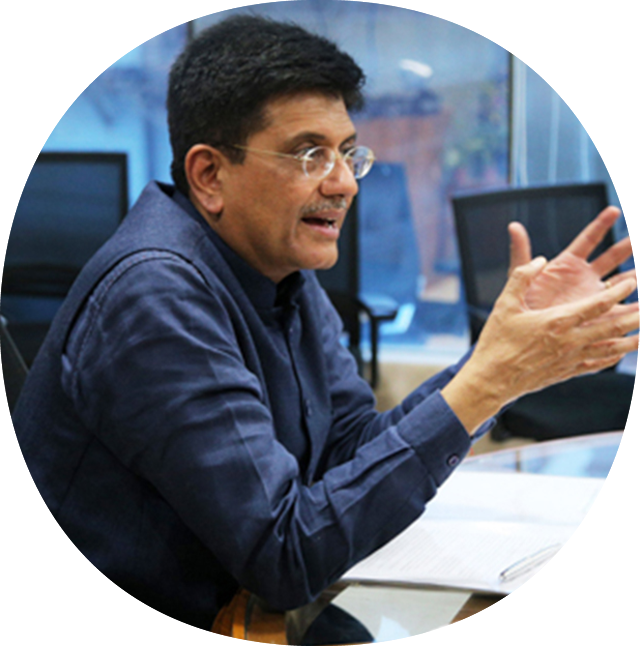
“The 2019 launch of the Global Innovation Index in India is a significant event and a recognition of the Government of India’s commitment to innovation in recent years. The GII is a useful tool for governments to map out their strategies to foster innovation. The Government of India compliments the World Intellectual Property Organization for its efforts in this direction.”
Piyush Goyal, Minister of Commerce and Industry and Railways, Government of India
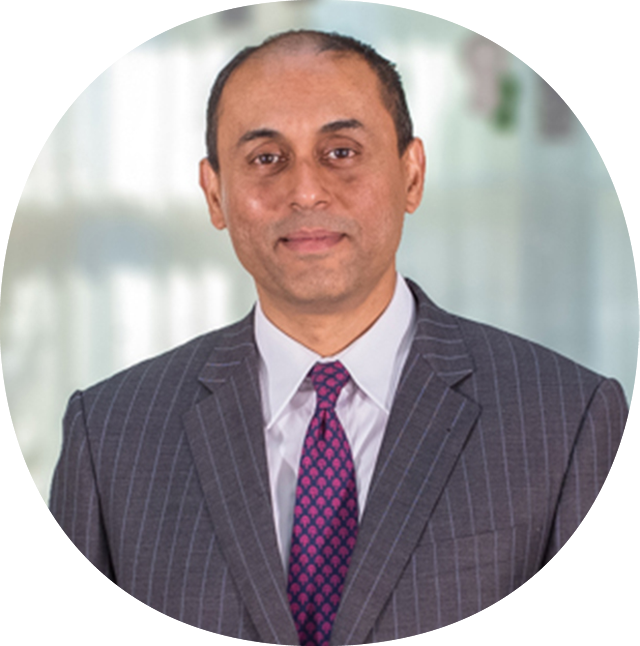
“While the Global Innovation Index ranks economies according to their innovation capacity and performance, it also provides valuable insights into the dynamics of global innovation: It highlights economies that excel in innovation and those that are more successful in translating investments in innovation inputs into innovation outputs. Lessons from these innovation leaders provide useful guidance on innovation policy for others.”
Soumitra Dutta, Former Dean and Professor of Management, Cornell University

“Innovation in the field of health is now being increasingly driven by data (Internet of Things) and artificial intelligence, in both diagnosis and prognosis. Unprecedented challenges need urgent attention in ethical, social and economic dimensions. As the power of medical decisions moves farther away from medical professions, regulators, governments, business and civil society need to establish limits to the ways in which the holders of big data and advanced algorithms can make or influence health decisions. In the absence of swift action, innovation in health and medicine may become a significant source of inequality.”
Bruno Lanvin, Executive Director for Global Indices, INSEAD

“Confederation of Indian Industry (CII) is proud to be an integral part of India's journey towards an innovation-driven economy and its aspiration to be in the league of top 25 most innovation-driven economies in the world. We are quite hopeful that the GII 2019 will positively influence India to embrace innovation in all spheres, ranging from governance to business excellence, technology, and to see Indian industry relate to it very strongly as well as the academia getting involved in it.”
Chandrajit Banerjee, Director General, Confederation of Indian Industry

“Improving global health and patient experience calls for a fresh and holistic approach to innovation, which cuts across scientific disciplines and breaks down silos to allow education, research, big firms, retailers and patients to collaborate in real time. Collaborative experience platforms are the infrastructure of this change. The time has come for the healthcare sector to leverage the tremendous power of the virtual world to push the bounds of possibility and transform research, science, the pharmaceutical industry and medicine.”
Florence Verzelen, Executive Vice President, Industry Solutions, Field Marketing, Global Affairs, Dassault Systèmes
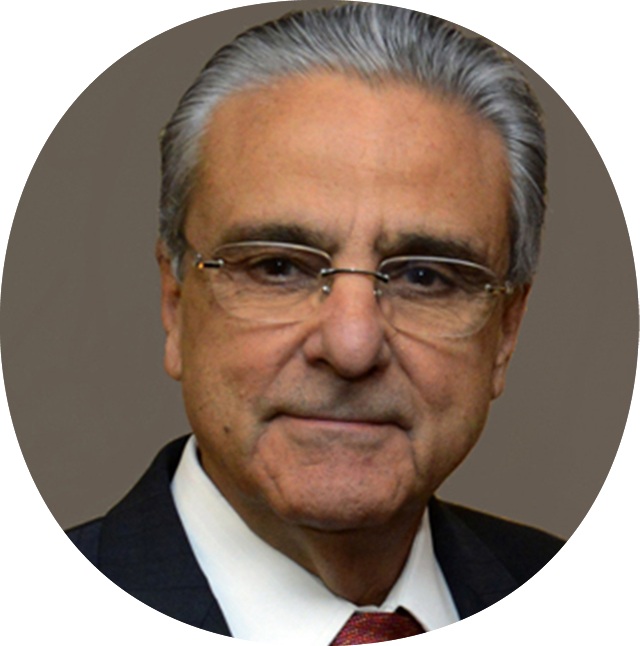
“The GII highlights that innovation is directly linked to development and competitiveness. Therefore, it has been a strategical instrument to demonstrate how urgent it is for Brazil to make innovation a national priority.”
Robson Braga de Andrade, President, National Confederation of Industry (Confederação Nacional da Indústria – CNI)
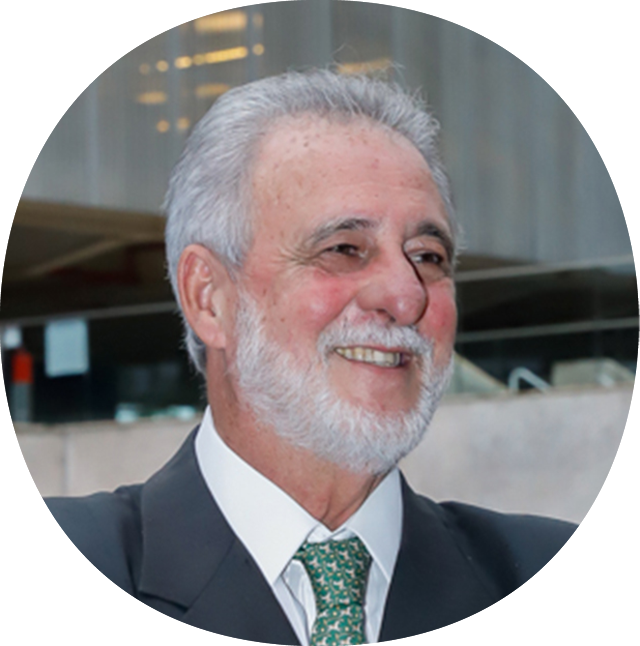
“To face obstacles we need to understand the problem. The Global Innovation Index gives us strategic information indicators which show us where the greatest challenges for innovation are in Brazil. In that sense, SEBRAE has an important mission: To help Brazil to grow again and this reconstruction necessarily passes through micro and small enterprises, which represents 98.5% of the country's formal businesses.”
Carlos Melles, CEO, SEBRAE
About the launch in India
The Government of India hosted the launch of the GII 2019. H.E. Piyush Goyal, India’s Minister for Commerce and Industry and Railways and WIPO Director General Francis Gurry presented the results along with a group of subject-area experts.
The official report launch followed a series of panel discussions on a range of related topics, including the evolution of the GII, India’s research and development scene, the changing geography of innovation and the future of healthcare delivery.
Videos
About the Global Innovation Index
The Global Innovation Index is a leading reference for measuring an economy’s innovation performance. Moving into its 12th edition in 2019, the GII has evolved into a valuable benchmarking tool that can facilitate public-private dialogue and where policy-makers, business leaders, and other stakeholders can evaluate innovation progress on an annual basis.

